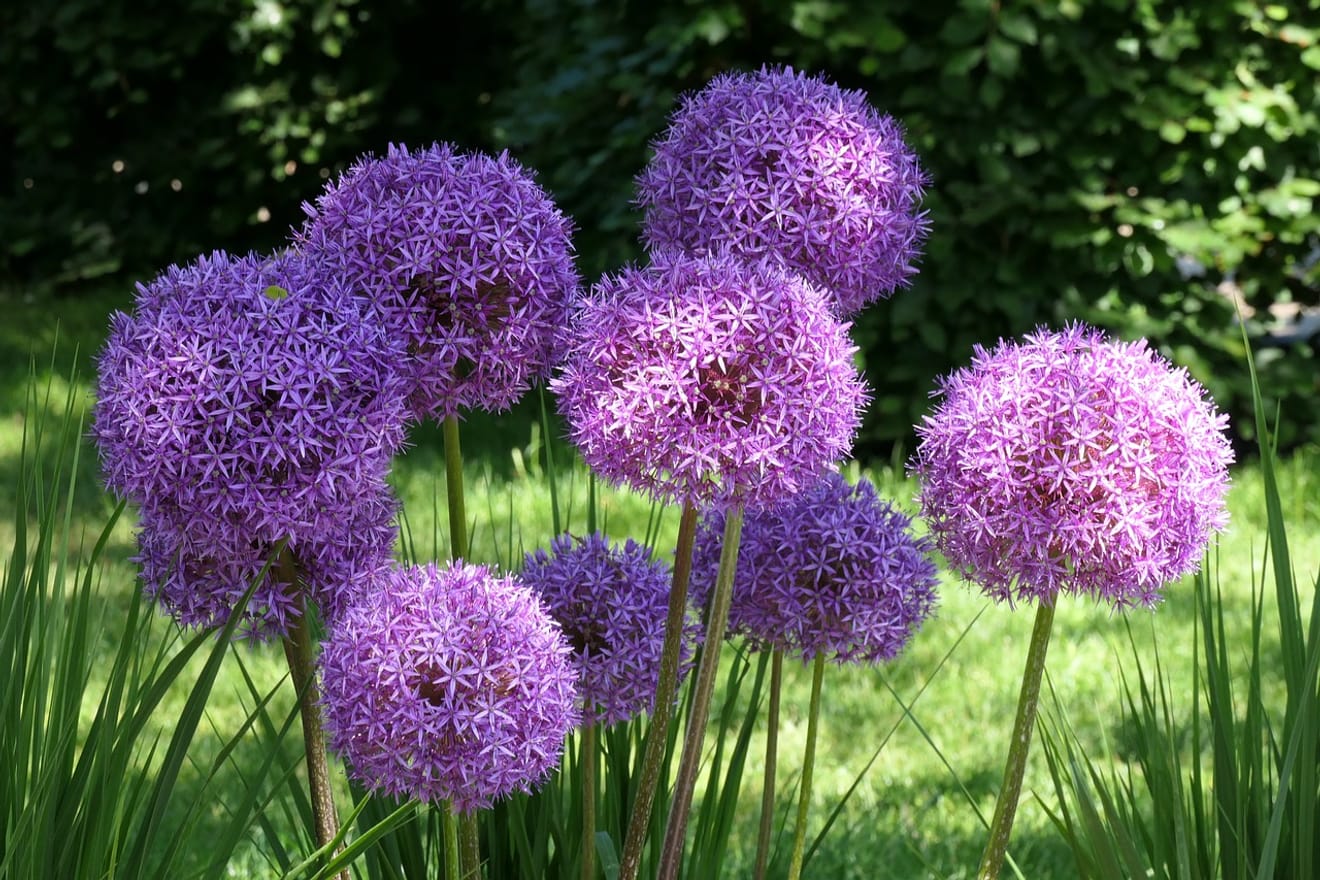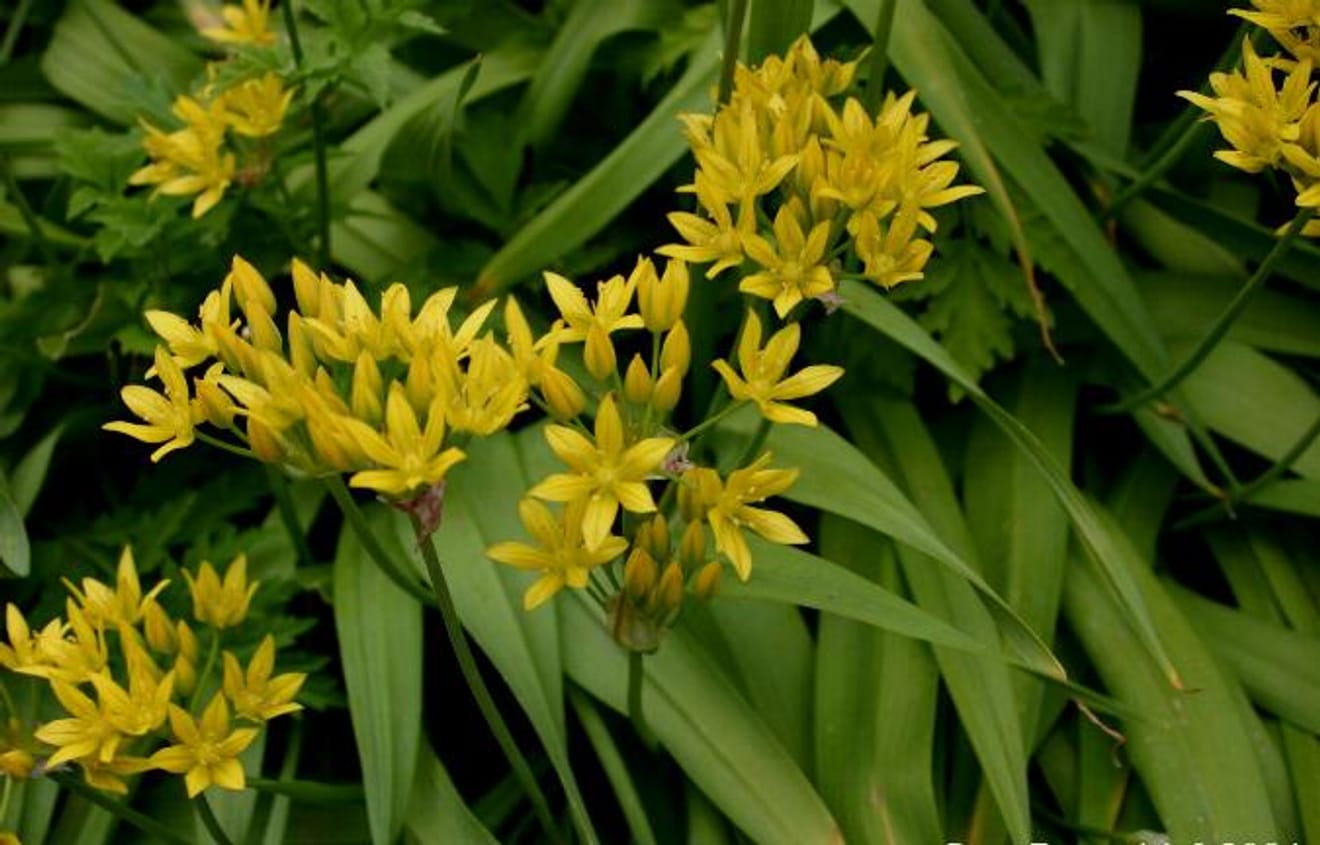Subject
- #Care Guide
- #Companion Plants
- #Allium
Created: 2024-02-07
Created: 2024-02-07 17:11
Hello, today I'd like to introduce a rather unique flower. It blooms in a round, globe-like shape, with a single stem extending downwards – somewhat reminiscent of a dandelion seed head. Allow me to introduce the beautiful Allium.

Pixabay
Allium's scientific name is Allium spp., and it belongs to the Lily family. There are 325 species worldwide, primarily distributed throughout the Northern Hemisphere, with 21 species found in Korea. It's known to grow in dry plains and mountainous regions of the Northern Hemisphere and is used medicinally, as food, and for ornamental purposes. Interestingly, it's also said that there are many weed varieties among them. Both the leaves and stems emerge from the base of the plant, and they reportedly have a similar scent to chives – wouldn't you like to experience that aroma?
Its origin is said to be the Mediterranean coast, including Central Asia, Syria, and Greece. And the flower language! It's important, isn't it? The flower language of Allium is "Infinite Sorrow." While I don't know the reason behind this name, it seems to be a fitting, serene and melancholic flower language.
The flowering period also varies greatly, with some blooming in spring, others in summer, and still others in autumn. The flower colors are also diverse, with purple being the most representative, but other colors like pink, deep pink, light blue, yellow, and deep purple also exist. The maximum height it can reach is 50cm, which seems quite large.
In horticulture, it is classified into large-flowered varieties with long flower stalks and large flowers, and small-flowered varieties with short flower stalks, but there are also medium-sized varieties. Large and medium-sized varieties are mainly used for cut flowers, while small varieties are mainly used for flower beds and potted plants.
Almost all Allium globally is cultivated in the Netherlands and mainly exported to the United States. Japan and Israel produce only a very small number of varieties. The Netherlands seems to cultivate a lot of flowers, to the point where it could be called a flower nation.
Let me share some basic information on growing Allium. While planting and cutting requires significant effort, other aspects are relatively low-maintenance. It prefers a cool climate and is unsuitable for cultivation in high temperatures.
It usually enters dormancy after flowering and remains dormant through the summer in a dry state. Dormancy breaks as the weather cools down in autumn, and growth resumes. Being a plant suited to cool climates, it might be difficult to cultivate in Korea's climate, with its cold winters and hot, humid summers. While most Allium varieties have bulbous roots, some have rhizomatous roots (stem roots). The Allium species cultivated for horticultural purposes are referred to in Latin as "garlic." They are autumn-planted corms, mostly flowering in spring, with corm harvesting typically occurring in June or July.
I'd like to introduce two varieties of Allium. One is Giant Allium (A. giganteum), native to Central Asia. It has large bulbs and grows up to 1.5 meters tall. The leaves are 50-60 cm long, and the flowers bloom in May in a pinkish hue. They are borne in umbels on the flower stalk, with over 200 flowers per stalk.

Wikidata
Personally, I find Giant Allium to be more vibrant and lush. Next, we have Lily-Leaved Allium (A. moly) with yellow flowers and Leek (A. porrum) with pink flowers. While grown ornamentally, they can also be consumed as vegetables. Although the flowers aren't as full, the flower stalks can be bent freely, making them widely used in flower arrangements.

Wikipedia
The photo above is Allium moly, also known as Lily-Leaved Allium or Yellow Garlic.

Leek (A. porrum), PlantNet
This concludes our exploration of the beautiful Allium flower. If you happen to see Allium in a garden or flower shop, why not recall its name and flower language? With that, I'll conclude this post! Thank you!
Comments0